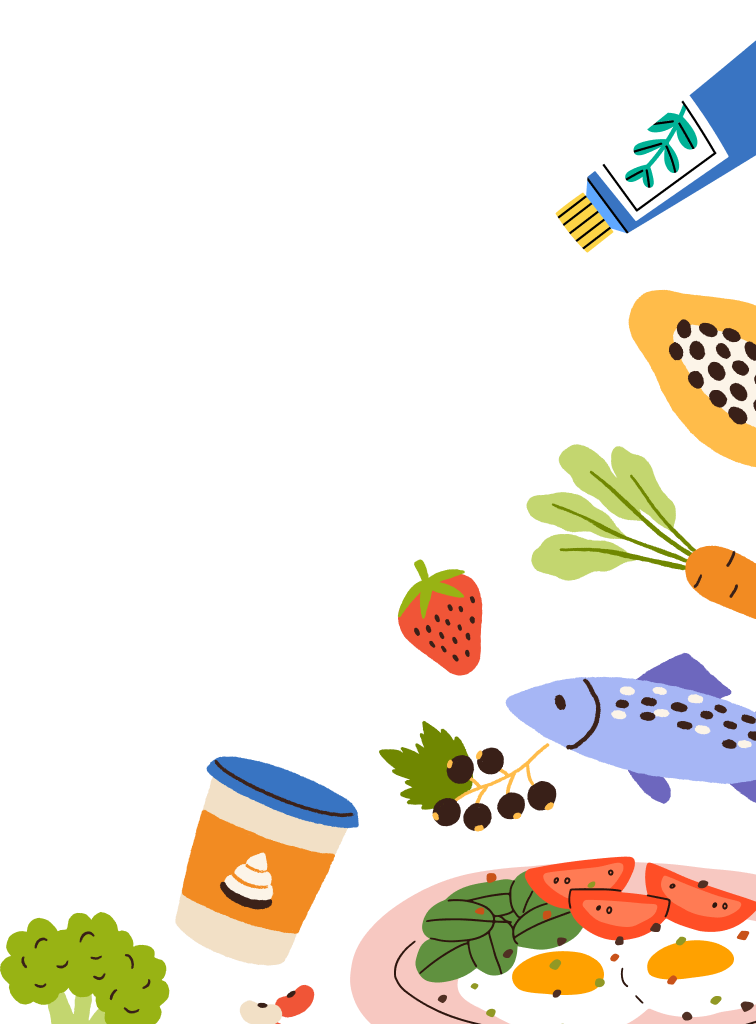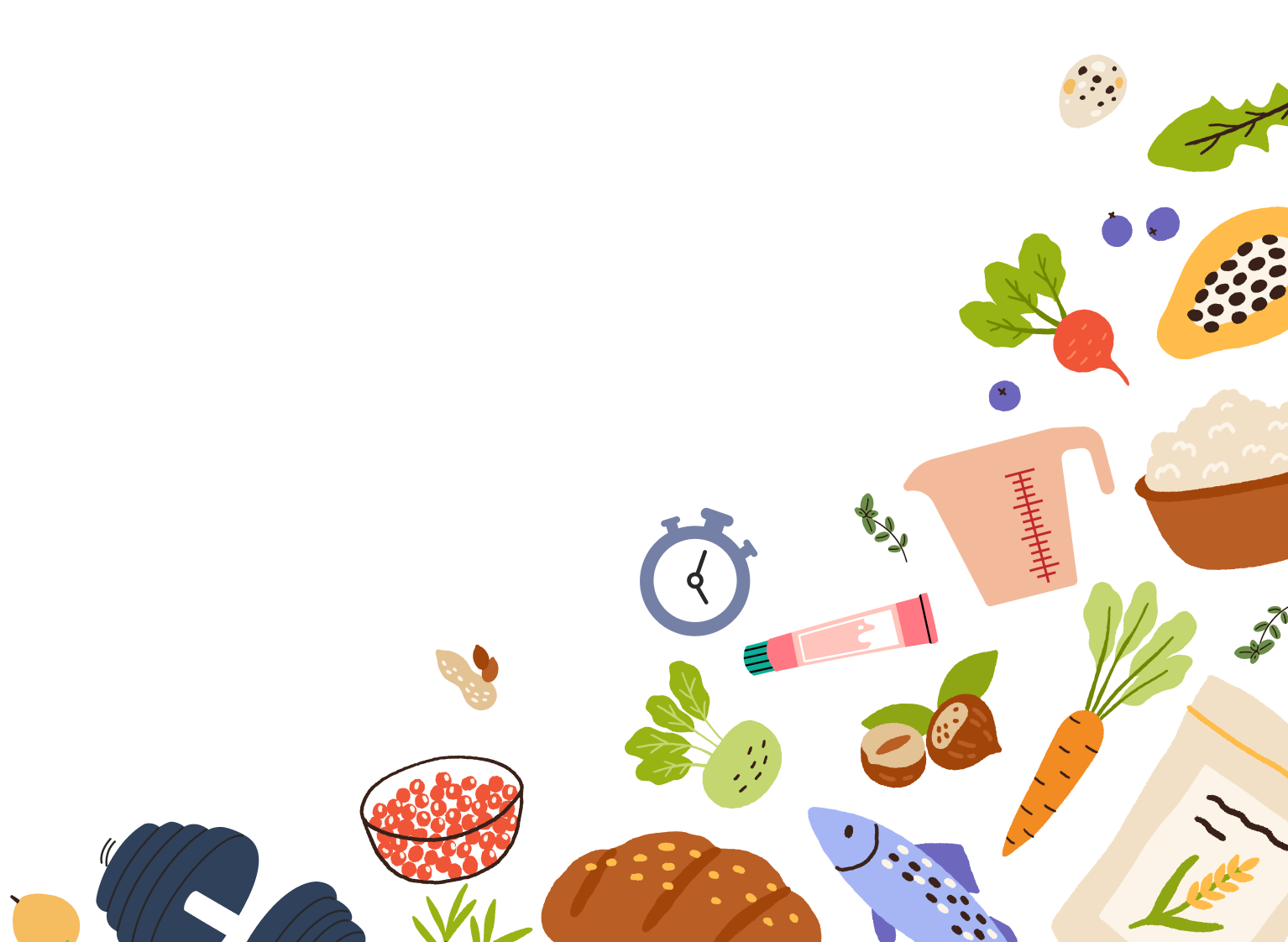The Power of Vitamin C: A Nutrient Essential for Health
The sun is finally beginning to shine brighter, and temperatures are increasing with spring's return. You can feel your winter-induced cabin fever fog begin to lift. One of the best ways to ensure you can enjoy your return to the great outdoors is to find a diet that boasts an energy boost. Enter Vitamin C - the vitamin you need to “C” better health!
You've probably seen it listed on your daily multivitamin, but what is Vitamin C, and why is it important to your health? Vitamin C is a type of antioxidant (L-ascorbic acid, to be exact) that is found in various plants, including citrus fruits, berries, and cruciferous vegetables (more on that below). It is not created by the human body, which leaves us naturally deficient in Vitamin C. Thus, we need to add sources of Vitamin C to our diet to reap its benefits.
Boosting Immunity: Fighting Off Colds and Flu
Vitamin C has many superpowers, though it is best known for boosting the body’s immune system. Think of it as a coach encouraging the body’s cells to do their respective jobs. For example, Vitamin C commonly accumulates in neutrophils (white blood cells), which help the body fight infections. It is also essential for macrophages, which are responsible for removing neutrophils once they have finished fighting the incoming infection.
Unfortunately, conflicting reports exist about whether increasing Vitamin C intake can help prevent the common cold and the flu. However, research is currently being conducted to determine whether Vitamin C may decrease the length and intensity of these infections.
Collagen Production: Healthy Skin and Joints
Vitamin C also helps the body produce collagen, which promotes healthy skin and joint function. Collagen is essential to preserving skin’s elasticity and strength, which is necessary for preventing infection. If your skin is less likely to tear, you are less likely to develop an infection through that disruption in your skin. Collagen also creates cartilage, which serves as a cushion for your joints. This cushion helps prevent strains and joint damage caused by the friction of bone-on-bone movements.
Seasonal Produce: A Vitamin C Powerhouse
Where can you find Vitamin C (other than the pharmacy)? In fruits and vegetables! The following are excellent sources of Vitamin C:
Citrus Fruits: Juicy and Nutrient-Packed
Oranges are perhaps the first fruit that comes to mind when considering Vitamin C. One medium-sized orange accounts for 92% of the recommended daily value (DV) of Vitamin C. Other citrus fruits, such as lemons, grapefruits, mandarins, and limes, are also excellent sources of Vitamin C.
Berries: Tiny Fruits, Mighty Benefits
Berries also contain high levels of Vitamin C. One cup of strawberries accounts for 108% of DV for Vitamin C. That’s more than oranges! Other berries rich in Vitamin C include raspberries, blackberries, blueberries, and blackcurrants.
Cruciferous Vegetables: Broccoli, Brussels Sprouts, and Kale
Cruciferous vegetables, a class of vegetables known for their cross-shaped leaves, are packed with Vitamin C. A half-cup of cooked broccoli accounts for 57% of DV. Other cruciferous vegetables with high levels of Vitamin C include Brussels sprouts, cabbage, cauliflower, kale, and arugula.
Incorporating Vitamin C into Your Diet
Fresh Juices and Smoothies: A Quick and Nutritious Boost
Juices and smoothies are excellent ways to pack multiple fruits and vegetables with Vitamin C into one dish! Try this Mixed Berry Smoothie by Caitlin Riley.
Healthy Salads: A Colorful and Flavorful Meal
Salads are also great for incorporating Vitamin C-packed vegetables into your meal plan. Try this Citrus Salad by Elyse Krawtz.
Cooking with Vitamin C: Preserving Nutrient Content
Did you know how you cook your vegetables affects the level of Vitamin C they contain by the time they reach your plate? One study reviewed by the National Institutes of Health uncovered steaming and microwaving as the best methods of preserving Vitamin C, with over 90% of the nutrients remaining in the vegetable after cooking.
Tips for Maximizing Vitamin C Intake
Storing Fruits and Vegetables Properly and Minimizing Cooking Time to Preserve Nutrients
Remember to store vegetables cool if you want to maximize your Vitamin C intake. Due to their temperature and lack of exposure to air, frozen vegetables have the highest vitamin C content. When cooking, keep it quick and use minimal water. The longer the vegetable or fruit has contact with water, the less Vitamin C it will contain after leaving the kitchen.
How will you add Vitamin C to your diet? Be sure to share your creations! We’d like to “C” your pictures on our website and social media!
-
Carr, A. and Maggini, S. (2017). Vitamin C and immune function, Nutrients, https://pmc.ncbi.nlm.nih.gov/articles/PMC5707683/
-
Cleveland Clinic. (2022). Can vitamin C help you fight a cold?, Cold, Flu, & Respiratory Illness, https://health.clevelandclinic.org/benefits-of-vitamin-c
-
Cleveland Clinic. (2022). Collagen, Cleveland Clinic, https://my.clevelandclinic.org/health/articles/23089-collagen
-
Ellis, E. (2024). The beginner’s guide to cruciferous vegetables, EatRight.org, https://www.eatright.org/food/food-groups/vegetables/the-beginners-guide-to-cruciferous-vegetables
-
Golovinskaia, O. and Wang, C. (2021). Review of functional and pharmacological activities of berries, Molecules, https://pmc.ncbi.nlm.nih.gov/articles/PMC8271923/#ref-list1
-
Hamler, S. (2012). Preserving vitamins in fruits and vegetables, Michigan State University, https://www.canr.msu.edu/news/preserving_vitamins_in_fruits_and_vegetables
-
Hill, C., Kelly, E. and Chin, K. (2024). 20 foods that are high in vitamin C, Healthline, https://www.healthline.com/nutrition/vitamin-c-foods#20-foods-high-in-vit-c
-
Howland, J. (2025). Mayo clinic minute: Can vitamin C keep the common cold away?, MayoClinic,https://newsnetwork.mayoclinic.org/discussion/mayo-clinic-minute-can-vitamin-c-keep-the-common-cold-away/
-
Kubala, J. and Joshua, A. (2023). Types of cruciferous vegetables and their benefits, Health, https://www.health.com/cruciferous-vegetables-7495729
-
Lee, S., Choi, Y., Jeong, H., Lee, J., and Sung, J. (2017). Effect of different cooking methods on the content of vitamins and true retention in selected vegetables, Food Science and Biotechnology, https://pmc.ncbi.nlm.nih.gov/articles/PMC6049644/
-
Mayo Clinic Staff. (2023). Vitamin C, Mayo Clinic, https://www.mayoclinic.org/drugs-supplements-vitamin-c/art-20363932
-
Mount Sinai. (2025). Vitamin C (ascorbic acid), Health Library, https://www.mountsinai.org/health-library/supplement/vitamin-c-ascorbic-acid
-
National Institutes of Health. (2025). Vitamin C - Fact sheet for health professionals, Office of Dietary Supplements, https://ods.od.nih.gov/factsheets/VitaminC-HealthProfessional/
























Comments
Join The Conversation...